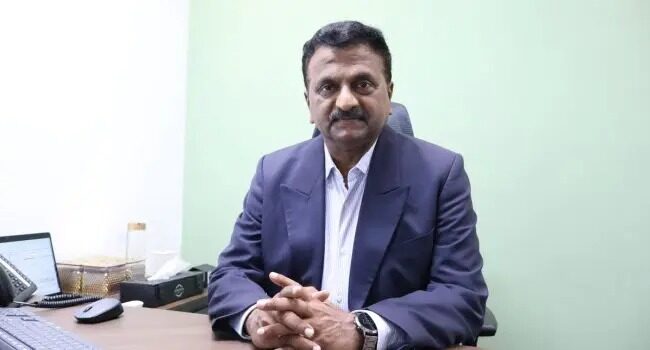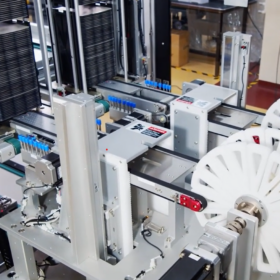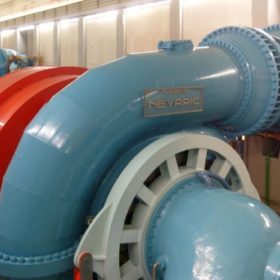India’s clean energy ambitions — 500 GW of non-fossil fuel capacity by 2030 — are reshaping the very foundation of its power grid. While solar panels and wind farms draw the spotlight, it is the transformer — often overlooked — that carries the true weight of this green transition. As the share of renewable energy increases, transformers must evolve to manage fluctuating inputs, maintain grid stability, and support a decentralized energy ecosystem.
The pressure of a changing grid
India’s traditional grid was designed around centralized, predictable sources like coal and hydro. Power flowed one way — from generation to consumption — and transformers mirrored this design. Today, with India’s installed RE capacity ( wind plus solar) reaching over 162 GW as of May 31, 2025, and more added each month, the grid faces volatility like never before.
Renewables are inherently inconsistent. A cloudy day or windless hour can sharply alter output. This leads to frequent voltage and frequency fluctuations, threatening grid stability and increasing the risk of equipment failure or outages. Transformers, the interface between generation and distribution, are the first to face this stress.
The case for smarter transformers
Conventional transformers are rigid. They struggle with bidirectional power flow — essential in modern grids where users can both consume and supply electricity — and cannot easily adjust to variable load profiles. The new generation of transformers is designed with flexibility at its core.
Modern solutions include:
- On-load tap changers for dynamic voltage regulation
- Solid-state transformer tech for faster response and control
- Advanced insulation materials to withstand thermal stress
- Embedded sensors and AI diagnostics for predictive maintenance and grid visibility
These features aren’t futuristic; they’re necessary. As rooftop solar expands and mini-grids proliferate, transformers must operate like stabilizers, buffers, and communicators — not just converters of voltage.
India’s unique grid challenges
India’s power grid is vast, but its quality is uneven — especially in semi-urban and rural zones where renewable installations are rapidly growing. Voltage dips, power theft, and aging infrastructure compound the integration challenge. Modular transformer systems, designed for remote deployment and minimal manual intervention, are being explored as scalable solutions.
High ambient temperatures and dust exposure in many parts of the country also demand customized transformer designs with enhanced cooling mechanisms and sealed enclosures. Furthermore, real-time grid balancing becomes critical in regions with high solar penetration but poor base load coverage.
Policy is pushing — but needs reinforcement
India has made early moves with programs like the Green Energy Corridor, aimed at strengthening grid infrastructure for renewables. Incentives under production-linked incentive (PLI) schemes have also nudged local transformer manufacturing toward innovation. Still, a more aggressive policy push is needed — from setting performance standards for renewable-ready transformers to subsidizing R&D and fast-tracking pilot projects.
Collaborative efforts between utilities, manufacturers, and policymakers will be key to scaling transformer upgrades without bottlenecks.
Conclusion
Transformers may not symbolize clean energy the way solar panels or wind turbines do, but they are the enablers of this transformation. Without resilient, responsive, and renewable-ready transformer networks, India’s decarbonization goals risk being destabilized by the very variability they aim to harness.
As the country accelerates toward a greener grid, investing in transformer innovation isn’t just infrastructure development — it’s energy security.
The views and opinions expressed in this article are the author’s own, and do not necessarily reflect those held by pv magazine.
This content is protected by copyright and may not be reused. If you want to cooperate with us and would like to reuse some of our content, please contact: editors@pv-magazine.com.








By submitting this form you agree to pv magazine using your data for the purposes of publishing your comment.
Your personal data will only be disclosed or otherwise transmitted to third parties for the purposes of spam filtering or if this is necessary for technical maintenance of the website. Any other transfer to third parties will not take place unless this is justified on the basis of applicable data protection regulations or if pv magazine is legally obliged to do so.
You may revoke this consent at any time with effect for the future, in which case your personal data will be deleted immediately. Otherwise, your data will be deleted if pv magazine has processed your request or the purpose of data storage is fulfilled.
Further information on data privacy can be found in our Data Protection Policy.